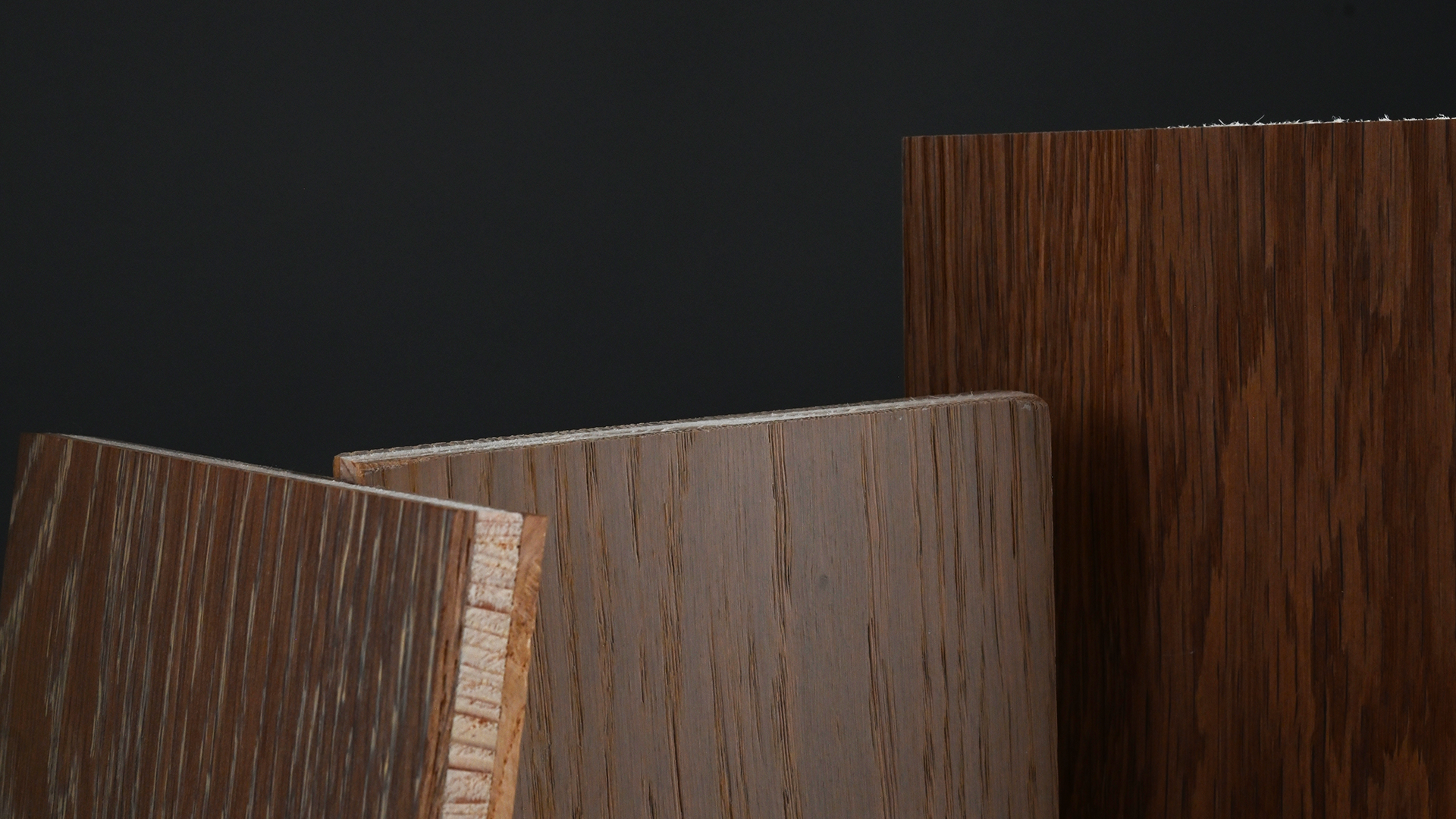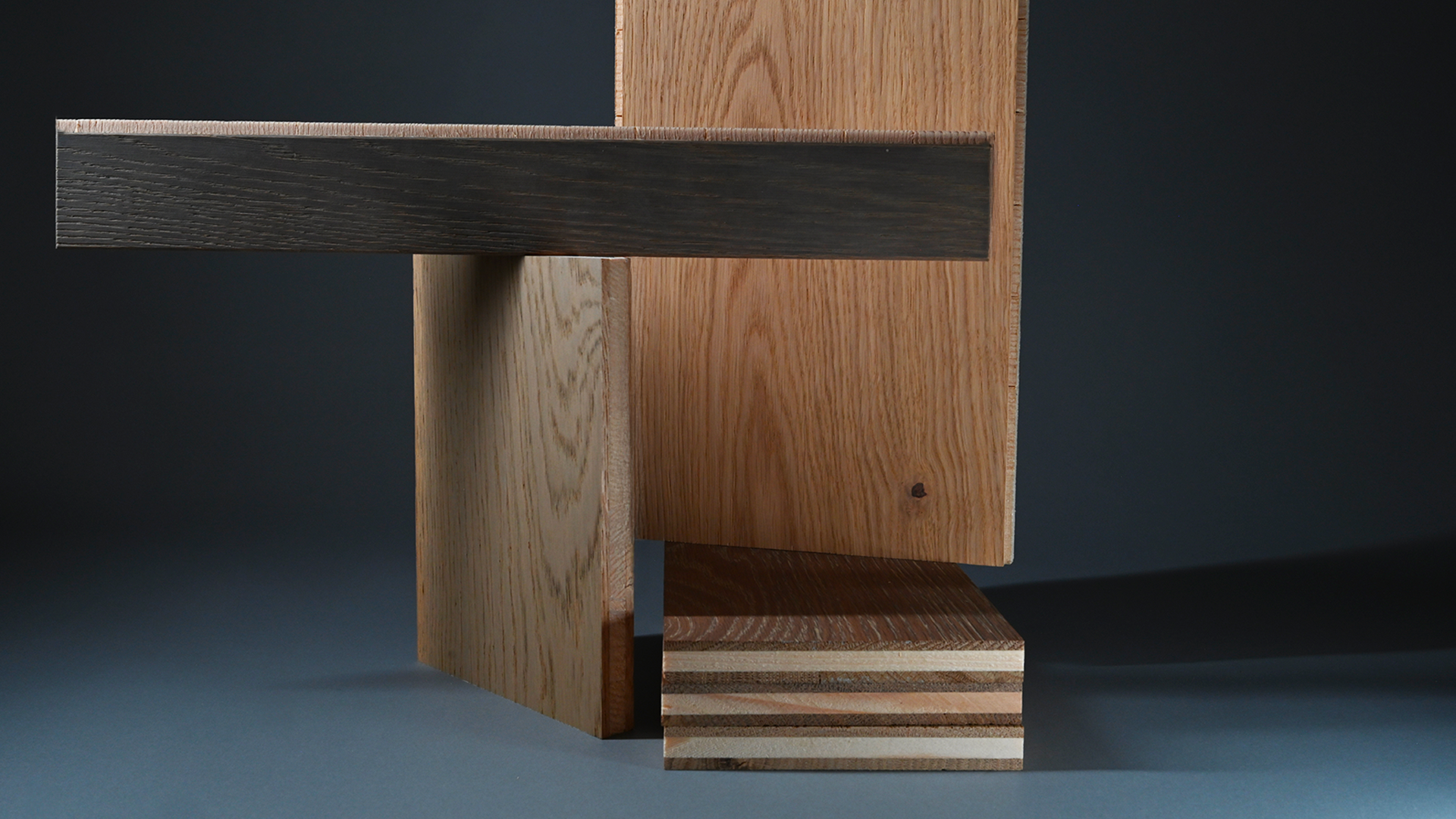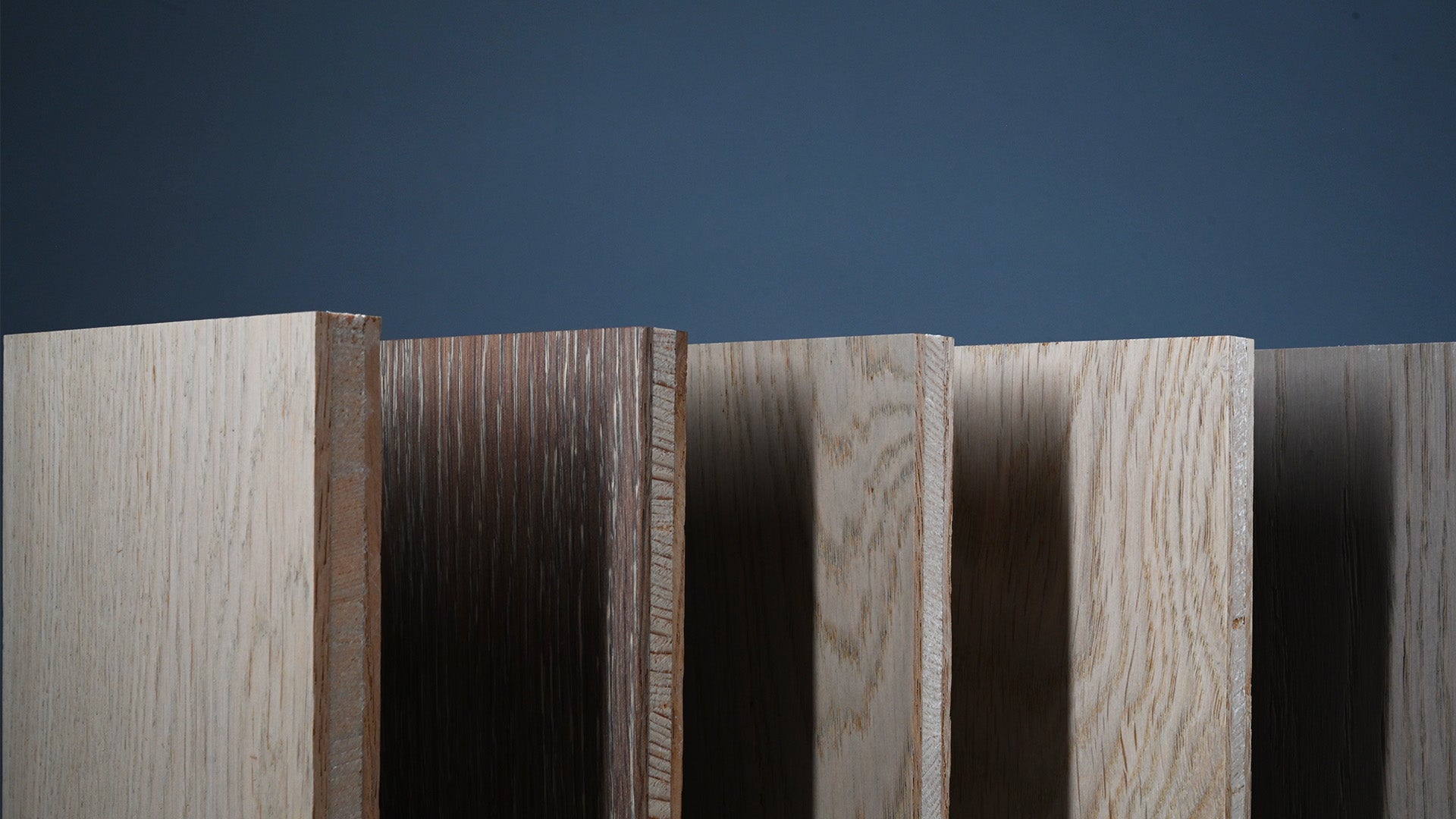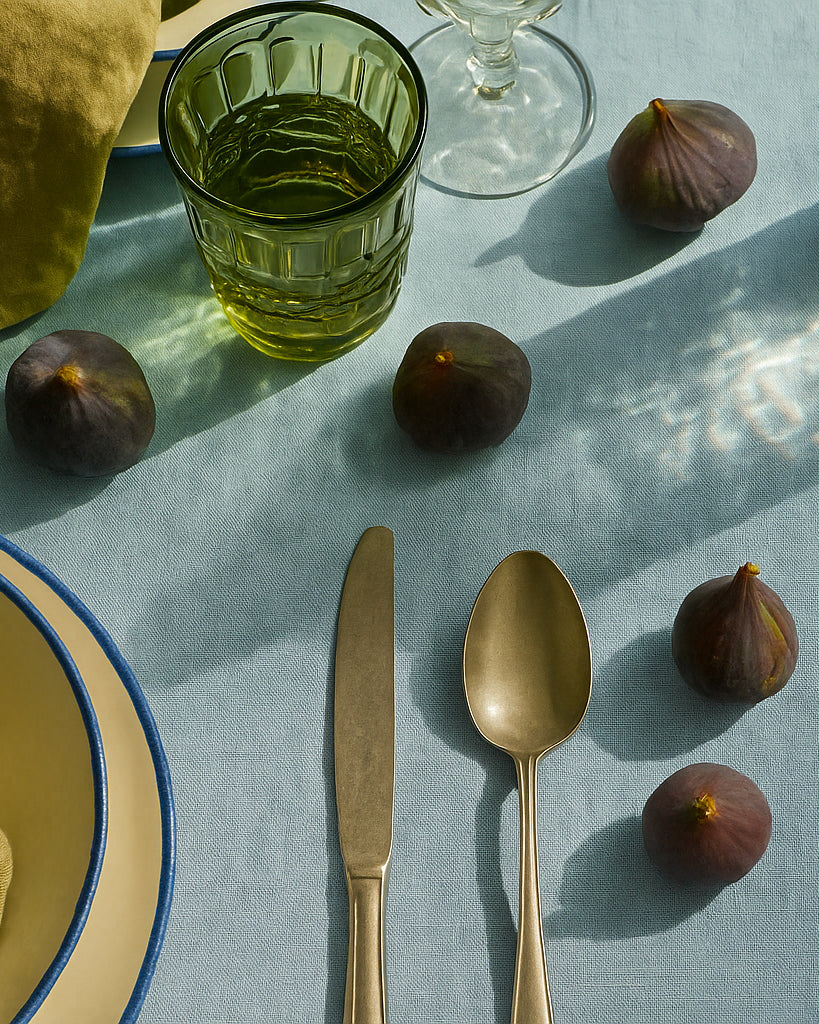Choosing wood flooring means feeling it with your feet and seeing it in your space—here’s how to truly read a sample.
October 14, 2025
How to choose the right floor:
A sample isn’t a floor. It’s just a glimpse. A clue. A fragment that, if you know how to look, can tell you a lot. But only if you know what to pay attention to.
Choosing a wood floor means choosing something that will live with you for decades. And since wood shifts with light, space, and time, it takes more than a quick glance to know if it’s truly the right fit.
[01] Light changes everything.
The same board near a window can look completely different under a lamp or in the shadows. Do the test: look at the sample in morning light, in the afternoon, and with artificial lighting. The question is simple: do you like it in all conditions? If yes, you're on the right path.
[02] One piece is never the whole story.
If the flooring you’re considering has a lot of tonal variation, ask for a larger board. The little sample you bring home is only one face of the wood’s full character. Sometimes, a bigger piece is what it takes to decide if that personality suits your space.
[03] Step back.
Don’t just examine it up close. Lay the sample on the floor and take a few steps back. Then a few more. Observe it from across the room. How does it sit within the space? How does it hold up from a distance?


[04] Get the angle right.
Wood has a direction—especially with patterns like herringbone or chevron. Turn the sample toward the window so light runs along its grain. Then try placing it near adjoining materials—stone, cabinetry, fabrics—to see how the tones and light interact.
[05] One at a time, please.
Laying different samples next to each other distorts your view. They borrow tones from one another. Take your time and assess them individually for a clear impression.
[06] If you don’t have the space, simulate it.
Can’t access the actual installation room yet? No problem. Place the sample near a neutral background—like a white wall—or next to a piece of furniture or fabric you plan to use. Context helps the imagination do its job.


[07] Gloss or glow?
Glossiness makes a difference. Put the sample near a window (not against the wall) and see how it reflects light. Do you want a shiny surface? Matte? Natural? Gloss levels set the tone.
[08] Proportion defines perception.
Not all planks are created equal. Wide boards create calm and continuity. Narrow ones add rhythm and texture. Long planks bring flow. Think about your room’s size, proportions, and whether you want the floor to support the space or steal the show.
[09] Edges and outlines.
Take a look at the bevels: are there two sides? Four? Or straight edges? These small details have a big impact. Two-side bevels lengthen the room visually. Four sides highlight the individual planks. Square edges give a seamless, site-finished look.


[10] Want custom? You’ve got options.
If you’re choosing from a bespoke collection, remember almost anything can be customized. Colours, sizes, textures, layout. Work with your designer to tailor the floor to your space and story.
Final thought?
Touch it. Watch it. Rotate it. Move it. Don’t rush. Wood has a voice, but you have to listen carefully. And when it’s the right one, you’ll know not because it’s perfect, but because it already feels like home.







